Forget Buterin’s 500 TX/S, Researchers Explore 17,000 TX/S on Ethereum

In September, Vitalik Buterin, the co-creator of Ethereum (ETH), stated that the Ethereum blockchain network could scale to 500 transactions per second using ZK-SNARKS, the base technology of privacy-focused cryptocurrency Zcash.
This week, Ethereum researchers Barry Whitehat, Alex Gluchowski, Harry R, Yondon Fu and Philippe Castonguay introduced a solution called snark-based side chain, which could scale the network to 17,000 transactions per second, nearing the transaction capacity of Visa.
What is Snark-Based Side Chain?
Similar to Plasma, snark-based side chain is an off-chain solution that allows users to process the transfer of tokens and ETH outside of the Ethereum mainnet. With the ability to process transactions off-chain, users on the network will be able to send and receive tens of thousands of transactions per second.
On snark-based side chain, operators are responsible for closing a channel of transactions and uploading it to the mainnet of Ethereum as a single transaction. That means, prior to the release of a channel that is composed of many thousand transactions made between users on the Ethereum network, users can request withdrawals at the smart contract level.
Operators with malicious intent could deny the withdrawal of funds in the channel and potentially sabotage the channel that maintains a large storage of transactional data.
But, the system’s built-in protocol that punishes malicious operators by replacing them and degrading the channel to an on-chain token disallows any further alternations to be made on the channel.
The researchers explained:
“Given a malicious operator (the worst case), the system degrades to an on-chain token. A malicious operator cannot steal funds and cannot deprive people of their funds for any meaningful amount of time. If data become unavailable the operator can be replaced, we can roll back to a previously valid state (exiting users upon request) and continue from that state with a new operator.”
Put simply, as a second-layer payment network on Ethereum, snark-based side chain allows users to freely send and receive payments at a large capacity without the threat of corrupt channel operators and individuals with malicious intent to negatively affect the channel.
Ethereum is in a Good Place For Scaling
ZK-Snarks, snark-based side chain, Plasma and Sharding are some of the many scaling solutions that are being developed by the open-source developer community of Ethereum.
Previously, Buterin stated that the mass deployment of Plasma and Sharding could create a synergy that may allow Ethereum to process a million transactions per second.
ZK-SNARKS, with its ability to “verify the correctness of computations without having to execute them” and “learn what was executed,” adds additional efficiency to the network, apart from a direct improvement in scaling by over 3,000 percent.
In the years to come, Ethereum will continue to test all of these scaling solutions and implement whatever is production ready first, scaling the network gradually. Currently, the transaction capacity of Ethereum is not sufficient to handle decentralized applications (dApps) with millions of users. But, dApps are also not ready to handle millions of users. Scalability will improve as the entire blockchain ecosystem sees improvement in adoption.





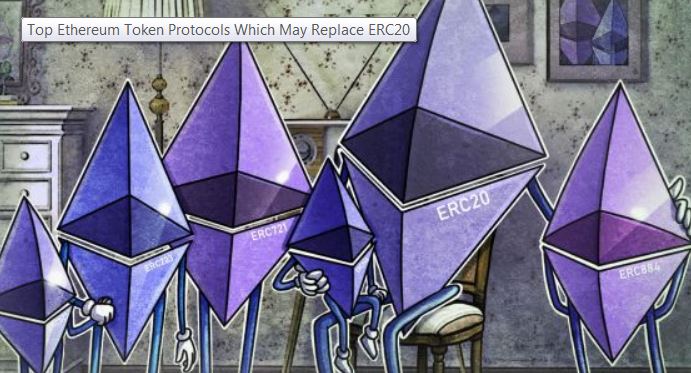

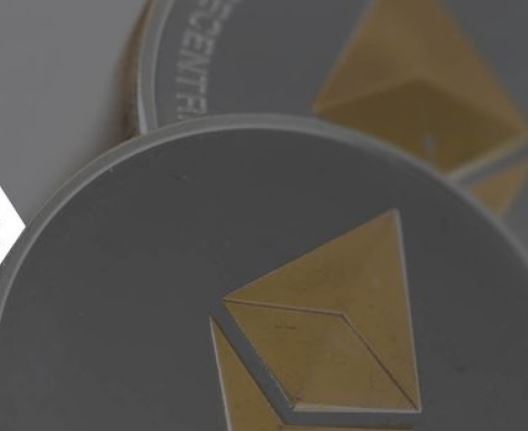
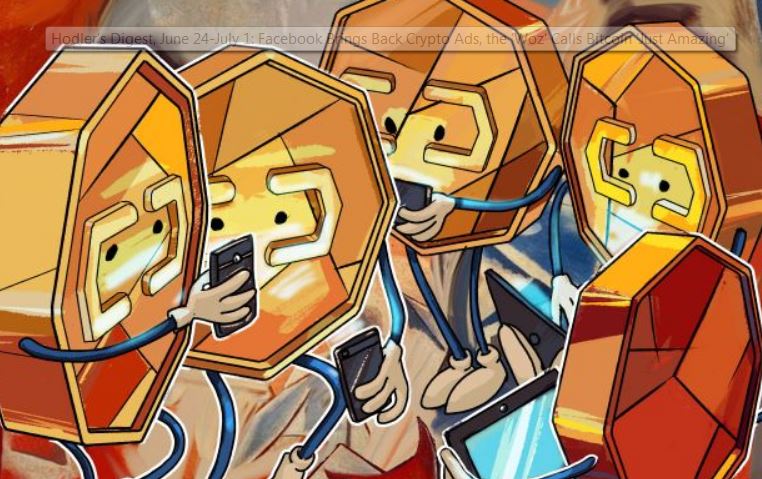
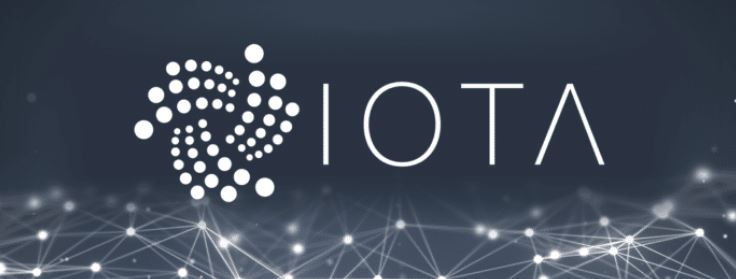
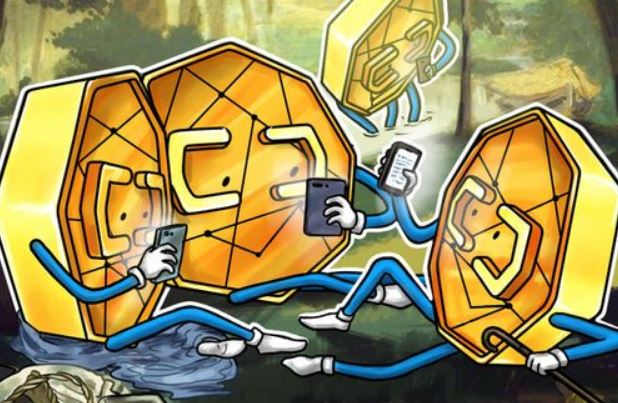
Responses